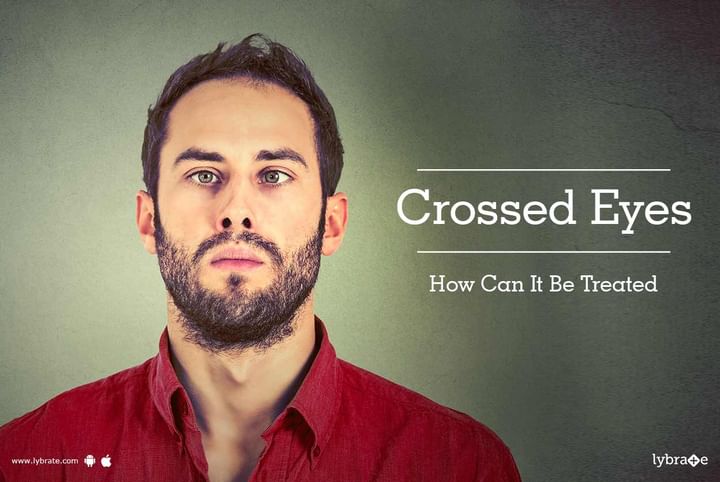Crossed Eyes - How Can It Be Treated
Vision is one of our most important senses. Reduced vision that triggers the need for corrective glasses is one of the most common disorders associated with the eyes. Crossed eyes are another such common disorder that affects the eyes. In medical terms it is also known as Strabismus. This condition is a result of miscommunication between the brain and the eye muscles that result in misalignment of the eyes. It is largely a hereditary condition and should not be confused with a lazy eye syndrome.
Crossed eyes can cause double vision and disorientation. Your depth perception may also be affected. It also causes eye strains and headaches that affect the quality of your life. This condition is seen mostly in children. If not treated in time, it can continue into the adult years as well. The development of crossed eyes in adults who have not suffered from this condition as children is usually a sign of a serious condition such as a stroke.
Some symptoms characteristic of this condition are:
- Independent movement of eye balls
- Tilting the head to a side
- Squinting
- Varied points of reflection in each eye
- Frequently bumping into things as a result of impaired depth perception.
Treatment for this condition can be surgical as well as non surgical. Non surgical treatment aims at strengthening the eye muscles and treating the visual system as a whole. The aim is to not allow the eye to become lazy or amblyopic. Wearing an eye patch over the strong eye and forcing the weak eye to be used is one of the most common form of this treatment. Corrective glasses can also be used to treat this condition in cases where it has been triggered by excessive farsightedness. In some cases, medication may also be injected into the eye to relax the eye muscles.
Surgery to correct this disorder involves correcting vision by strengthening or weakening the eye muscles. To do this, a surgeon must first make a small incision in the outer layer of the eyeball to reach the affected muscles. To strengthen the muscle a small section is removed from the muscle and the remaining part is then rejoined. This makes the muscle shorter and forces the eye to turn towards that side. Alternatively, the doctor may make a partial cut across the muscle to elongate it and let the eye turn further away from it.



+1.svg)
